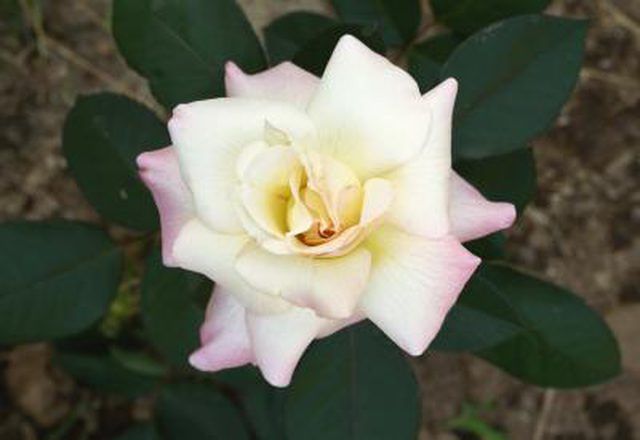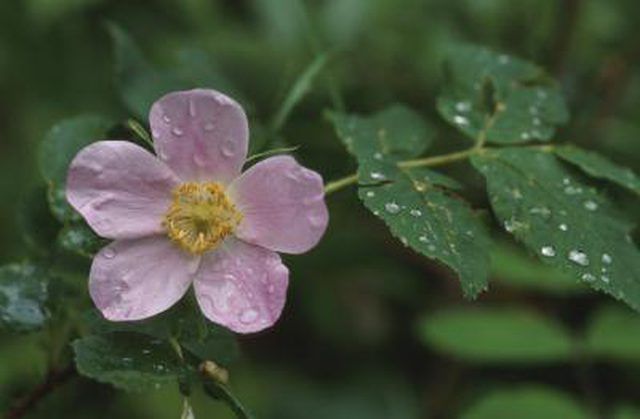Bulbs
Flower Basics
Flower Beds & Specialty Gardens
Flower Garden
Garden Furniture
Garden Gnomes
Garden Seeds
Garden Sheds
Garden Statues
Garden Tools & Supplies
Gardening Basics
Green & Organic
Groundcovers & Vines
Growing Annuals
Growing Basil
Growing Beans
Growing Berries
Growing Blueberries
Growing Cactus
Growing Corn
Growing Cotton
Growing Edibles
Growing Flowers
Growing Garlic
Growing Grapes
Growing Grass
Growing Herbs
Growing Jasmine
Growing Mint
Growing Mushrooms
Orchids
Growing Peanuts
Growing Perennials
Growing Plants
Growing Rosemary
Growing Roses
Growing Strawberries
Growing Sunflowers
Growing Thyme
Growing Tomatoes
Growing Tulips
Growing Vegetables
Herb Basics
Herb Garden
Indoor Growing
Landscaping Basics
Landscaping Patios
Landscaping Plants
Landscaping Shrubs
Landscaping Trees
Landscaping Walks & Pathways
Lawn Basics
Lawn Maintenance
Lawn Mowers
Lawn Ornaments
Lawn Planting
Lawn Tools
Outdoor Growing
Overall Landscape Planning
Pests, Weeds & Problems
Plant Basics
Rock Garden
Rose Garden
Shrubs
Soil
Specialty Gardens
Trees
Vegetable Garden
Yard Maintenance
How to Grow Roses in Florida
How to Grow Roses in Florida. Roses can be a challenge to grow well in Florida’s heat, humidity and sandy soil. Knock Out roses are much less of a challenge due to their high resistance to fungal disease, but many other types of roses can also be grown in Florida. Just make sure the rose bush you purchase was grafted onto Fortuniana rootstock...
Roses can be a challenge to grow well in Florida’s heat, humidity and sandy soil. Knock Out roses are much less of a challenge due to their high resistance to fungal disease, but many other types of roses can also be grown in Florida. Just make sure the rose bush you purchase was grafted onto Fortuniana rootstock and grown in a container.

Things You'll Need
Rose bush
Soil pH test kit
Aged manure, compost or peat
Rototiller
Dirt Shovel
Hand Shovel
Water
Mulch
Hand pruners
Antifungal spray
Step 1
Choose a planting site that receives a minimum of six to eight hours of direct sunlight each day. Find an area that is sunny in the morning and evening with shade from Florida's hot late afternoon sunshine if possible. Check the soil pH with a pH test kit or have it tested by the local extension office. The soil pH should be 5.5 to 6.5. The extension office can also test for nutrient levels.

Step 2
Due to the nearly year-round growing season in Florida, roses grow larger there than most of the United States. A larger than usual growing area will be required. Prepare an area 8 foot in diameter area for large roses like Lady Banks, a 4-foot-diameter area for smaller roses like Knock Out shrubs and a 1- to 2-foot-diameter area for miniature roses like Savacon Constellation. Lady Banks is a climber that thrives in Florida's heat and humidity. Savacon Constellation has good resistance to fungal diseases.

Step 3
Amend the sandy soil commonly found in Florida with organic matter to improve nutrient levels and water retention capabilities. Spread a 2- to 4-inch deep layer of aged manure, compost or peat over the planting location along with any amendments recommended by the extension office. Till the soil to a depth of 1 foot with a rototiller or dirt shovel, making sure the layer of amendments is completely mixed into the soil. Build a raised rose bed if the soil does not drain well.

Step 4
Dig the planting hole with a dirt shovel at the center of the prepared area. Make the hole large enough to contain the root structure. Set the rose bush in the hole at the same level it was previously growing. Fill the hole in with soil. Create a water basin by forming a narrow 2- to 3-inch high circle of soil around the rose. This will keep the water from running off unabsorbed over the hot Florida soil.

Step 5
Water the rose with approximately 3 gallons of water. Spread a 2- to 3-inch depth of mulch around the rose. Continue to water as often as necessary to keep the soil uniformly moist. This may need to be done every day or every other day due to Florida's high summer temperatures. Give it 2 to 3 gallons of water each time. Water from below the foliage in the morning.

Step 6
Give the rose fertilizer formulated for roses that contains micronutrients and slow-release nitrogen. Fertilize once per month beginning in mid-February and continue until mid-November in northern and central Florida. Fertilize once per month all year round in southern Florida. Follow the manufacturer’s recommended application amounts.

Step 7
Deadhead the flowers as they fade. Break sucker shoots off at the rootstock as they appear. Remove dead and diseased stems or canes as they are noticed. Do yearly hard pruning between mid-February and mid-March in northern and central Florida and in December in southern Florida. Prune them as much or as little as necessary according to the size, type and growth habit of the rose. Strip all of the foliage off the bush after pruning.

Step 8
Powdery mildew is common in Florida in the spring and late fall while black spot thrives there throughout the summer. Keep fallen leaves and debris away from the rose. Add fresh mulch after the annual pruning to help control fungal spores. Roses that do not have high resistance to fungus need to be sprayed with an anti-fungal spray. Begin spraying the rose when its leaves emerge and continue throughout the spring, summer and fall.
